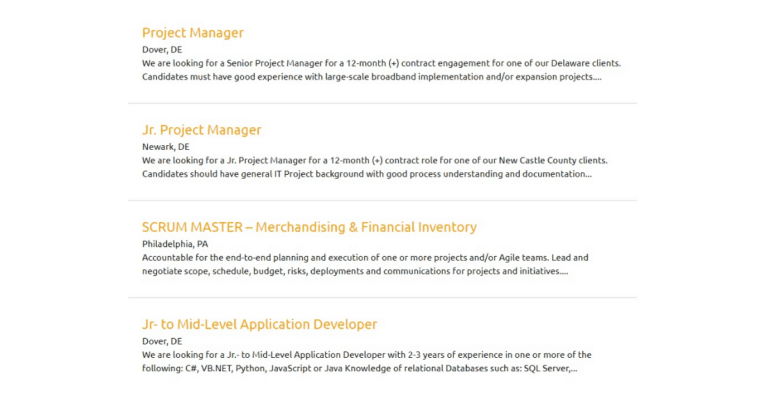Due to a resurgence of the coronavirus, some employers – notably Apple – have delayed their return to office plans.
Others, however, are moving forward as planned.
With the proven effectiveness of vaccines, better treatments, no-cost testing, and free at-home tests, many employers feel it’s safe to reopen their doors and bring their employees back into the office.
The last thing any employer wants, however, is to lose an employee because of their decision to bring them back into the office.
So, below, we’ve listed how businesses can create a return-to-work plan that works for both company and employee.
How to Bring Employees Back into the Office Without Losing Them
Explain Why
Decision-making is an important part of leadership, and the decision to bring employees back into the office during a global pandemic is a big one.
To help get all of your employees on board, you’ll first need to explain to them why you’re bringing them back.
It could be to boost productivity, to re-establish company culture, or to promote more innovation.
There are advantages of an in-person workforce and those will need to be explained in order to promote buy-in.
Keep the Hybrid Work Model
Despite your best reasoning, however, chances are you’re going to have some people resist a return to the workplace.
For these individuals, setting up one-on-one meetings with HR and leadership would be advised. There, you’ll be able to hear directly from the employee what their hesitations are.
To help mitigate the risk of losing an employee due to a return-to-office plan, consider the hybrid work model.
Embracing this model helps improve a worker’s work-life balance, increases their income (lower commuting costs), and increases their mobility (they can live further from the office).
It also offers employers a competitive advantage by reducing their real estate cost, improving their workforce’s productivity, boosting retention rates, and creating a larger talent pool from which to draw.
Promote Collaboration
Perhaps one of the most effective ways to get employees back into the office is by making it a place they want to come to.
One of the things today’s worker wants most is a purpose and to feel that their work is really making a difference. They want to feel that their contributions are recognized and that their team is truly collaborative.
Studies show that people with positive employee experiences have 16 times the engagement level of those with negative ones, and they are eight times more likely to want to stay.
So, consider new designs, both physically and organizationally.
Create new office layouts, with new technologies, that promote flexibility and collaboration. And most importantly, promote autonomy. Many organizations have realized improved performance by delegating more and allowing employees to make decisions that drive impact.
Consider Incentives
If all else fails, consider offering incentives that’ll make returning to the office a little more palatable.
This may include traditional cash incentives, allowing for more flexible working hours, covering the cost of childcare, providing stipends, and/or offering transportation reimbursement.
In the end, negotiating a return-to-work plan will vary dependent on company. Talent, however, will always migrate towards a good company with a positive work culture.








